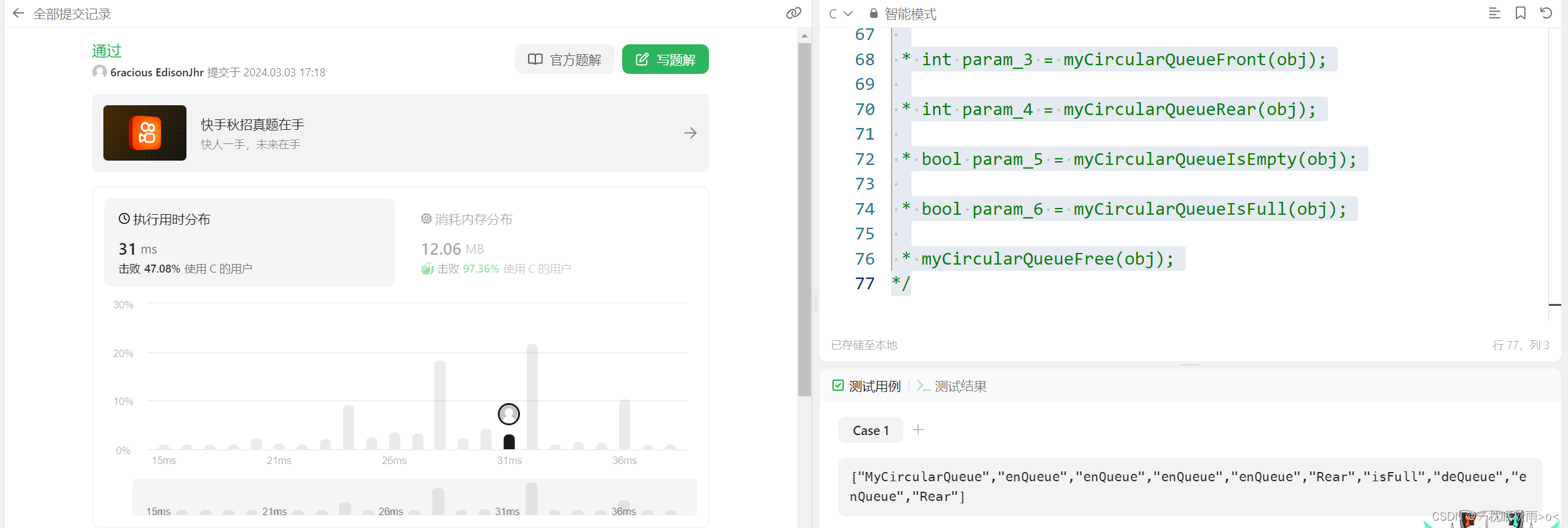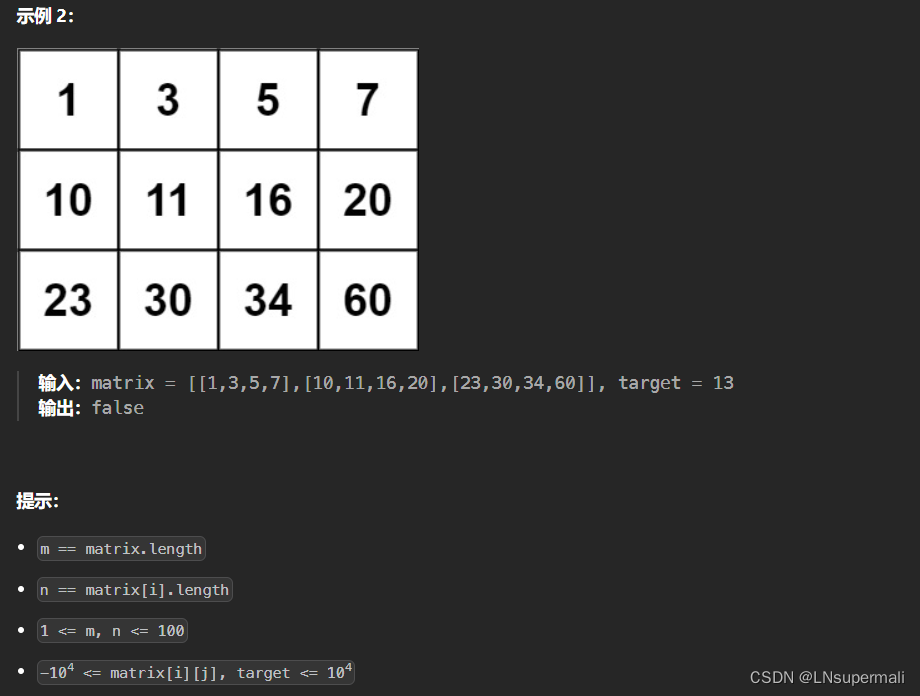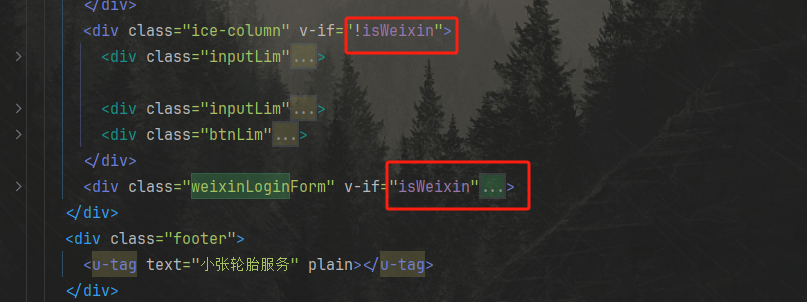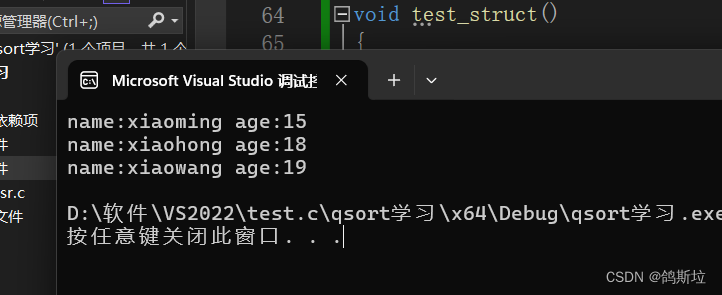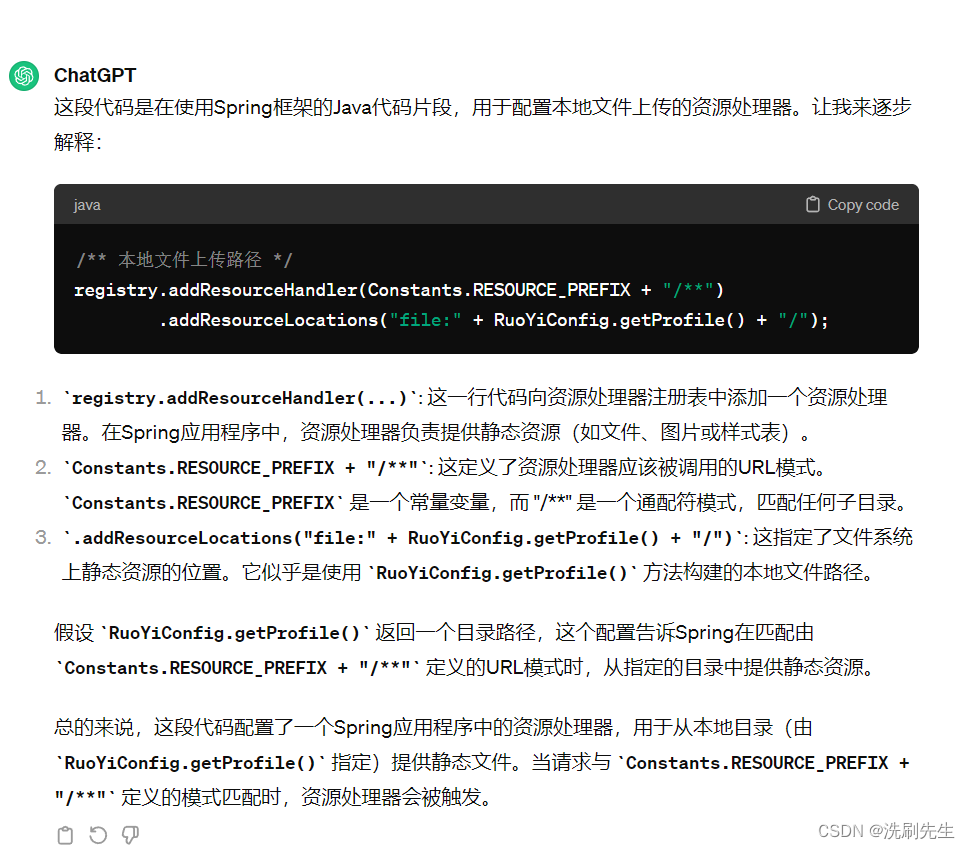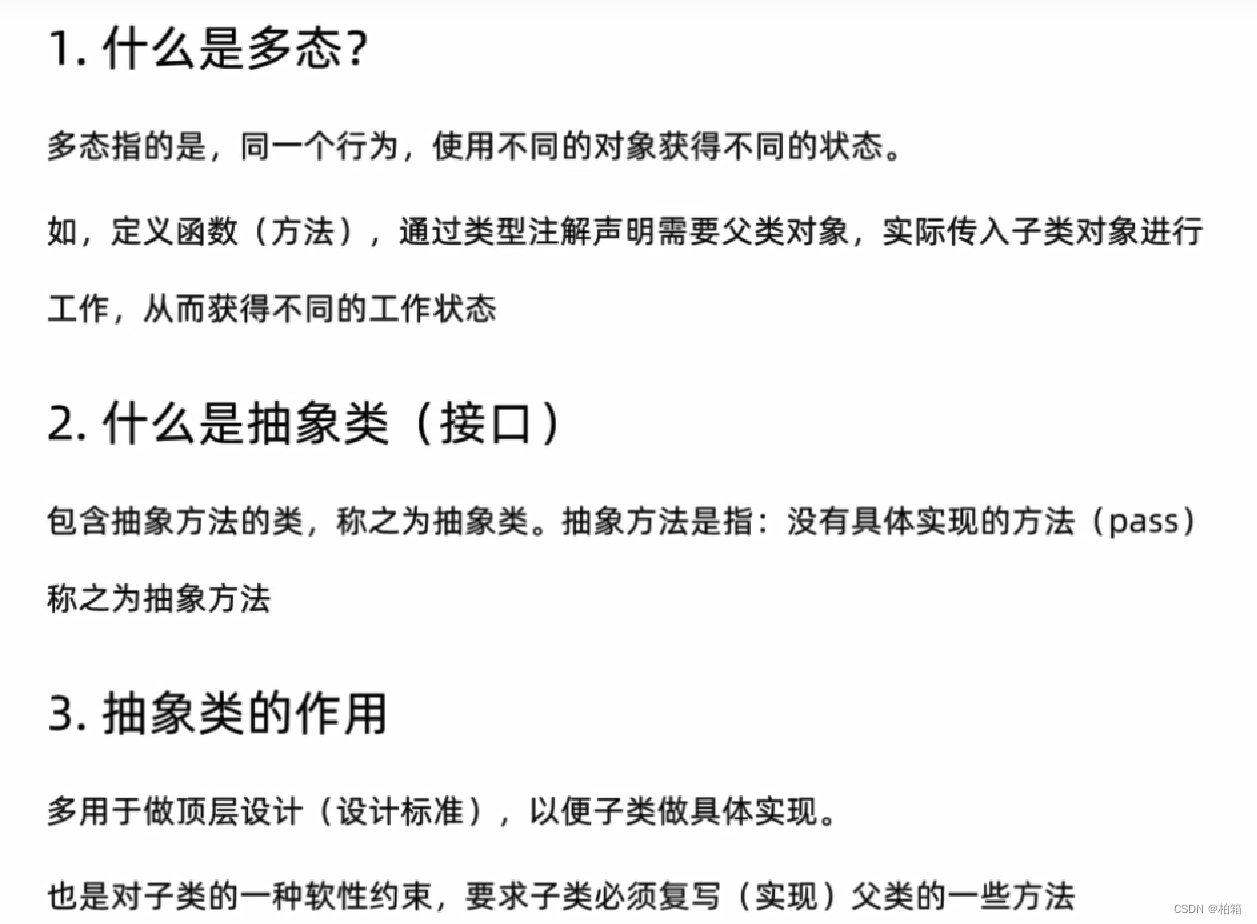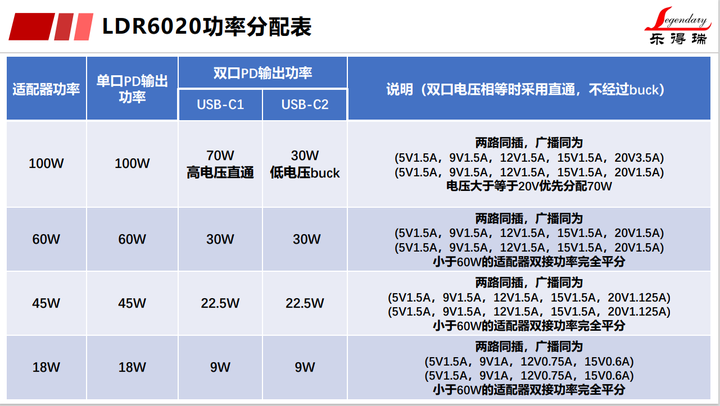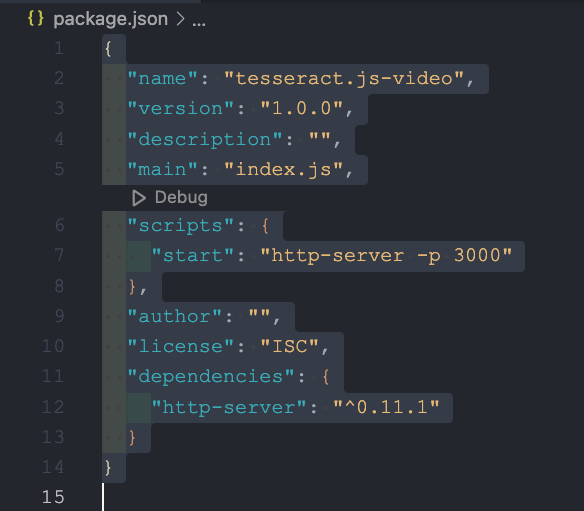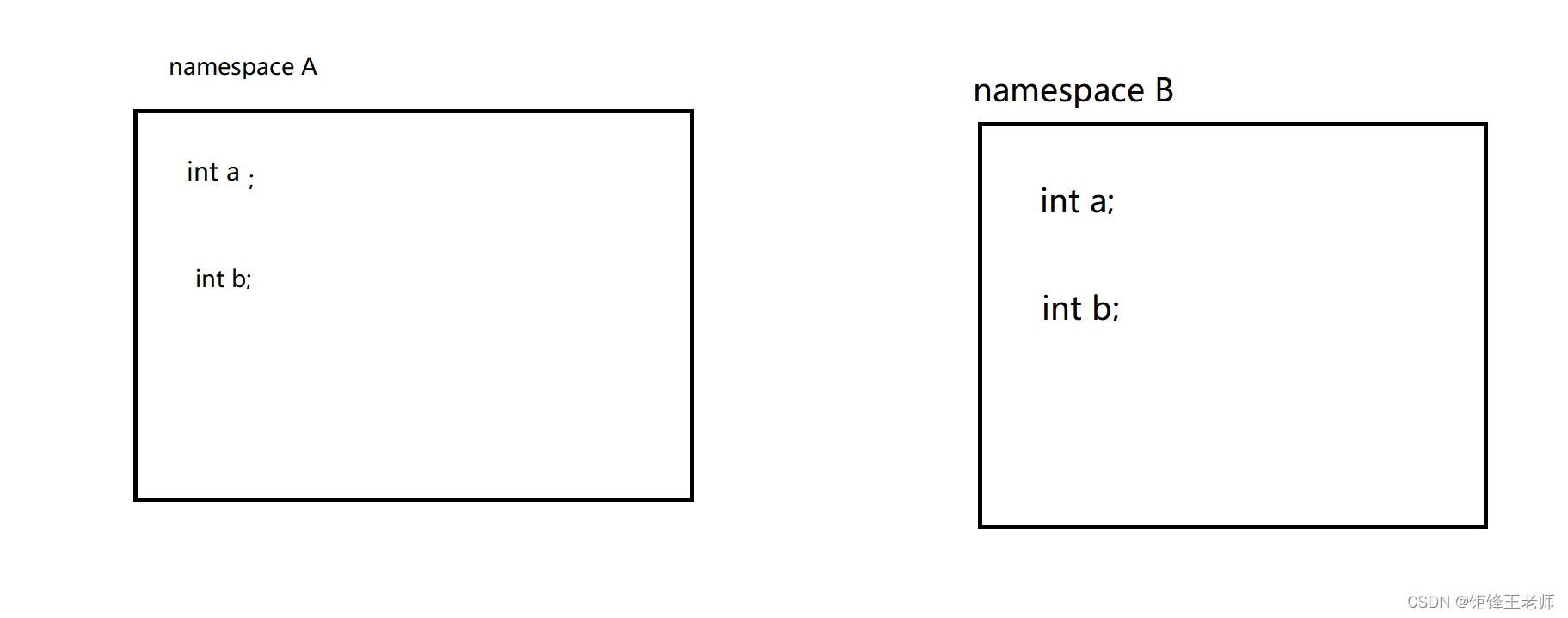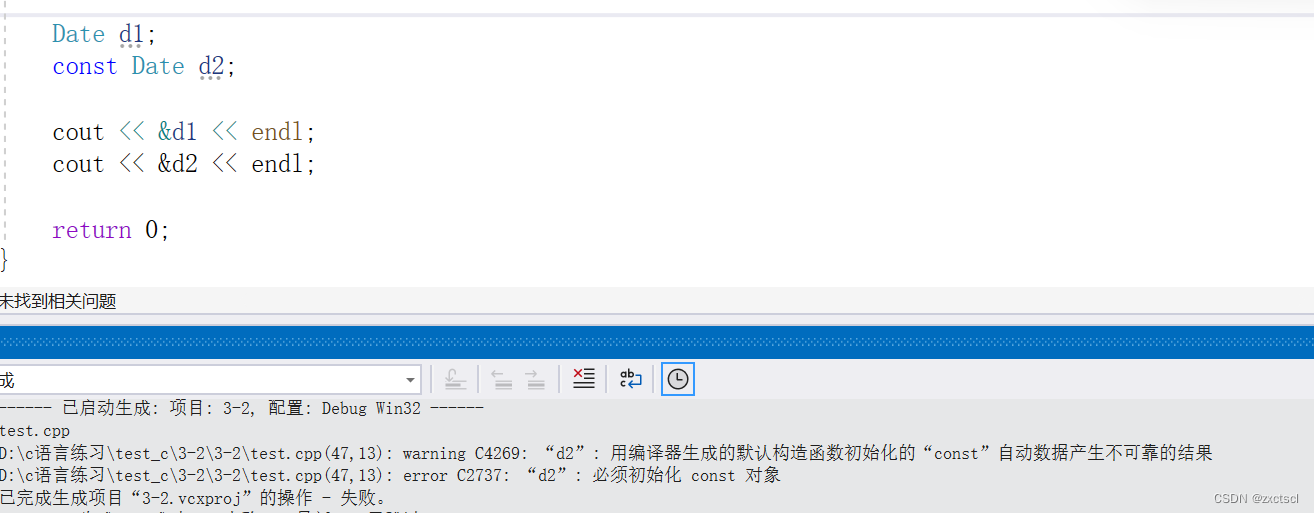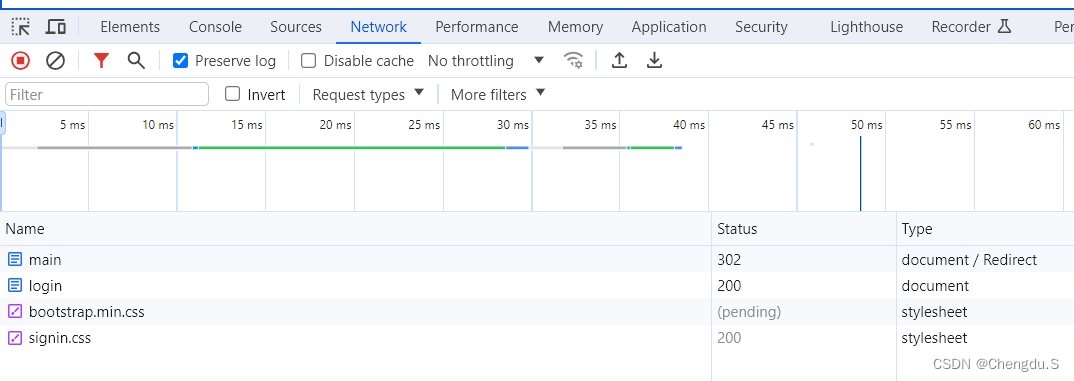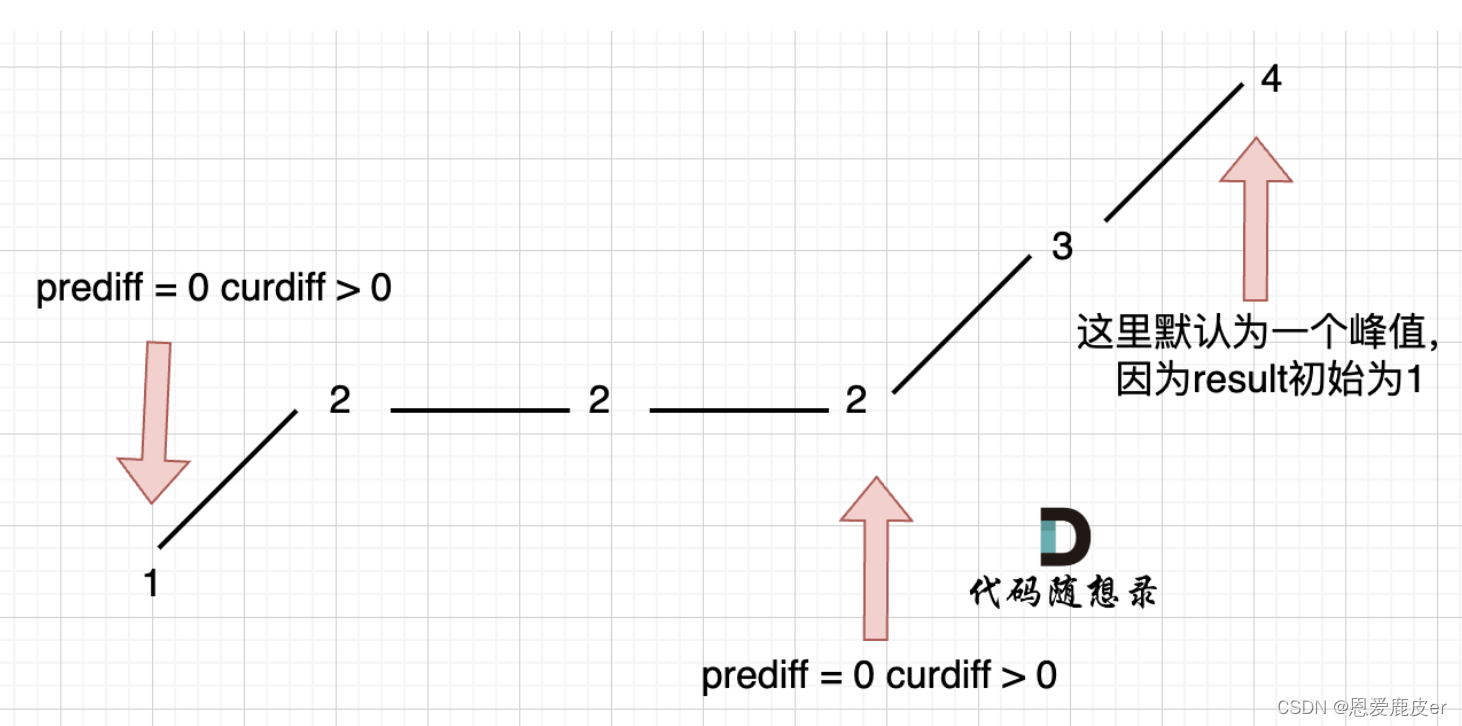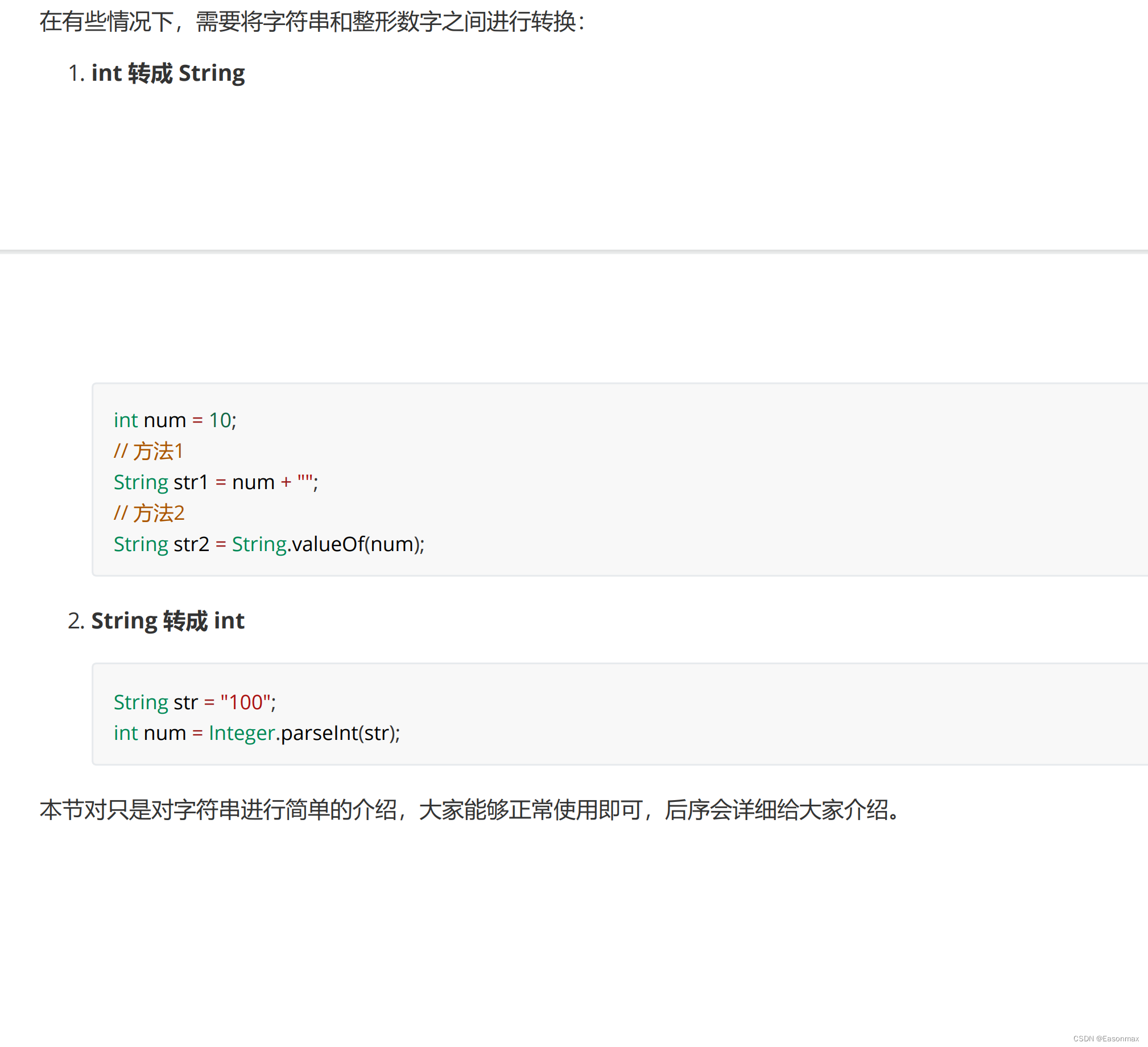一.有效括号
. - 力扣(LeetCode)
给定一个只包括 '(',')','{','}','[',']' 的字符串 s ,判断字符串是否有效。
有效字符串需满足:
- 左括号必须用相同类型的右括号闭合。
- 左括号必须以正确的顺序闭合。
- 每个右括号都有一个对应的相同类型的左括号。
示例 1:
输入:s = "()" 输出:true
示例 2:
输入:s = "()[]{}"
输出:true
示例 3:
输入:s = "(]" 输出:false
提示:
1 <= s.length <= 104s仅由括号'()[]{}'组成
typedef char StackData;
typedef struct Stack
{
StackData* data;
int top;
int size;
}Stack;
//初始化栈
void initStack(Stack* st)
{
assert(st);
st->data = NULL;
st->top = 0;
st->size = 0;
}
//销毁栈
void destroyStack(Stack* st)
{
assert(st);
free(st->data);
st->data = NULL;
st->size = st->top = 0;
}
//栈是否为空
bool isEmpty(Stack* st)
{
assert(st);
return st->top == 0;
}
//出栈
void popStack(Stack* st)
{
assert(st);
assert(!isEmpty(st));
st->top--;
}
//入栈
void pushStack(Stack* st, StackData data)
{
assert(st);
if (st->top == st->size)
{
int newsize = st->size == 0 ? 4 : 2 * st->size;
StackData* temp = (StackData*)realloc(st->data, sizeof(StackData) * newsize);
if (temp != NULL)
{
st->data = temp;
st->size = newsize;
}
}
st->data[st->top] = data;
st->top++;
}
//取出栈顶元素
StackData topStack(Stack* st)
{
assert(st);
assert(!isEmpty(st));
return st->data[st->top - 1];
}
//栈的大小
int sizeStack(Stack* st)
{
assert(st);
return st->top;
}
bool isValid(char* s) {
Stack st;
initStack(&st);
int lcount = 0, rcount = 0;
for (int i = 0; s[i] != '\0'; i++)
{
if (s[i] == '(' || s[i] == '[' || s[i] == '{')
{
pushStack(&st, s[i]);
lcount++;
}
else
{
rcount++;
if (isEmpty(&st))
{
destroyStack(&st);
return false;
}
char str = topStack(&st);
if ((s[i] == ')' && str == '(') ||
(s[i] == ']' && str == '[') ||
(s[i] == '}' && str == '{'))
{
popStack(&st);
}
}
}
return isEmpty(&st) && rcount == lcount;
}
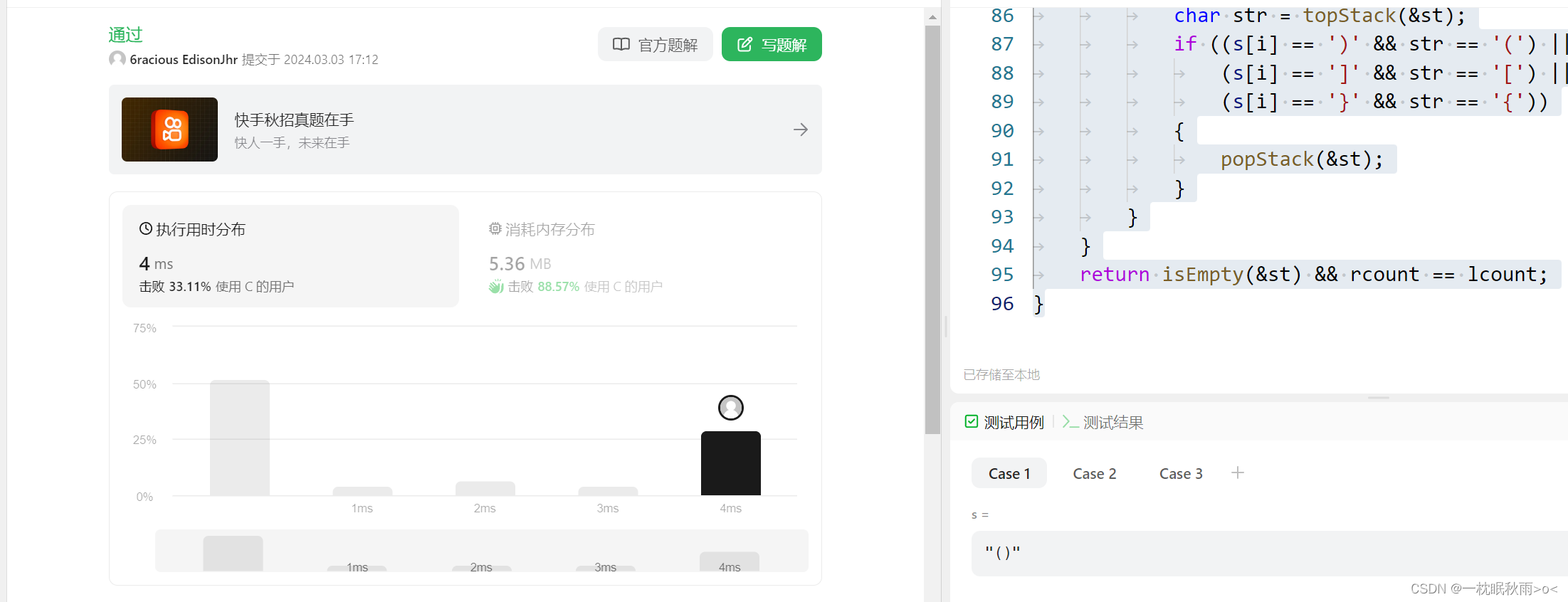
二.用栈实现队列
请你仅使用两个栈实现先入先出队列。队列应当支持一般队列支持的所有操作(push、pop、peek、empty):
实现 MyQueue 类:
void push(int x)将元素 x 推到队列的末尾int pop()从队列的开头移除并返回元素int peek()返回队列开头的元素boolean empty()如果队列为空,返回true;否则,返回false
说明:
- 你 只能 使用标准的栈操作 —— 也就是只有
push to top,peek/pop from top,size, 和is empty操作是合法的。 - 你所使用的语言也许不支持栈。你可以使用 list 或者 deque(双端队列)来模拟一个栈,只要是标准的栈操作即可。
示例 1:
输入: ["MyQueue", "push", "push", "peek", "pop", "empty"] [[], [1], [2], [], [], []] 输出: [null, null, null, 1, 1, false] 解释: MyQueue myQueue = new MyQueue(); myQueue.push(1); // queue is: [1] myQueue.push(2); // queue is: [1, 2] (leftmost is front of the queue) myQueue.peek(); // return 1 myQueue.pop(); // return 1, queue is [2] myQueue.empty(); // return false
提示:
1 <= x <= 9- 最多调用
100次push、pop、peek和empty - 假设所有操作都是有效的 (例如,一个空的队列不会调用
pop或者peek操作)
进阶:
- 你能否实现每个操作均摊时间复杂度为
O(1)的队列?换句话说,执行n个操作的总时间复杂度为O(n),即使其中一个操作可能花费较长时间。
#include <stdio.h>
#include <stdlib.h>
#include <assert.h>
#include <stdbool.h>
#include <string.h>
typedef char StackData;
typedef struct Stack
{
StackData* data;
int top;
int size;
}Stack;
//初始化栈
void initStack(Stack* st)
{
assert(st);
st->data = NULL;
st->top = 0;
st->size = 0;
}
//销毁栈
void destroyStack(Stack* st)
{
assert(st);
free(st->data);
st->data = NULL;
st->size = st->top = 0;
}
//栈是否为空
bool isEmpty(Stack* st)
{
assert(st);
return st->top == 0;
}
//出栈
void popStack(Stack* st)
{
assert(st);
assert(!isEmpty(st));
st->top--;
}
//入栈
void pushStack(Stack* st, StackData data)
{
assert(st);
if (st->top == st->size)
{
int newsize = st->size == 0 ? 4 : 2 * st->size;
StackData* temp = (StackData*)realloc(st->data, sizeof(StackData) * newsize);
if (temp != NULL)
{
st->data = temp;
st->size = newsize;
}
}
st->data[st->top] = data;
st->top++;
}
//取出栈顶元素
StackData topStack(Stack* st)
{
assert(st);
assert(!isEmpty(st));
return st->data[st->top - 1];
}
//栈的大小
int sizeStack(Stack* st)
{
assert(st);
return st->top;
}
typedef struct {
Stack st1;
Stack st2;
} MyQueue;
MyQueue* myQueueCreate() {
MyQueue* obj = (MyQueue*)malloc(sizeof(MyQueue));
initStack(&obj->st1);
initStack(&obj->st2);
return obj;
}
void myQueuePush(MyQueue* obj, int x) {
pushStack(&obj->st1, x);
}
int myQueuePop(MyQueue* obj) {
int top = myQueuePeek(obj);
popStack(&obj->st2);
return top;
}
int myQueuePeek(MyQueue* obj) {
if(isEmpty(&obj->st2))
{
while(!isEmpty(&obj->st1))
{
int top = topStack(&obj->st1);
popStack(&obj->st1);
pushStack(&obj->st2, top);
}
}
return topStack(&obj->st2);
}
bool myQueueEmpty(MyQueue* obj) {
return isEmpty(&obj->st1) && isEmpty(&obj->st2);
}
void myQueueFree(MyQueue* obj) {
destroyStack(&obj->st1);
destroyStack(&obj->st2);
free(obj);
}
/**
* Your MyQueue struct will be instantiated and called as such:
* MyQueue* obj = myQueueCreate();
* myQueuePush(obj, x);
* int param_2 = myQueuePop(obj);
* int param_3 = myQueuePeek(obj);
* bool param_4 = myQueueEmpty(obj);
* myQueueFree(obj);
*/

三.用队列实现栈
请你仅使用两个队列实现一个后入先出(LIFO)的栈,并支持普通栈的全部四种操作(push、top、pop 和 empty)。
实现 MyStack 类:
void push(int x)将元素 x 压入栈顶。int pop()移除并返回栈顶元素。int top()返回栈顶元素。boolean empty()如果栈是空的,返回true;否则,返回false。
注意:
- 你只能使用队列的基本操作 —— 也就是
push to back、peek/pop from front、size和is empty这些操作。 - 你所使用的语言也许不支持队列。 你可以使用 list (列表)或者 deque(双端队列)来模拟一个队列 , 只要是标准的队列操作即可。
示例:
输入: ["MyStack", "push", "push", "top", "pop", "empty"] [[], [1], [2], [], [], []] 输出: [null, null, null, 2, 2, false] 解释: MyStack myStack = new MyStack(); myStack.push(1); myStack.push(2); myStack.top(); // 返回 2 myStack.pop(); // 返回 2 myStack.empty(); // 返回 False
提示:
1 <= x <= 9- 最多调用
100次push、pop、top和empty - 每次调用
pop和top都保证栈不为空
进阶:你能否仅用一个队列来实现栈。
#include <stdio.h>
#include <stdlib.h>
#include <assert.h>
#include <stdbool.h>
typedef int QueueData;
typedef struct QueueNode
{
QueueData data;
struct QueueNode* next;
}QNode;
//可以用带头链表,也可以传入二级指针
typedef struct Queue
{
struct QueueNode* phead;
struct QueueNode* ptail;
int size;
}Queue;
//队列的初始化
void initQueue(Queue* pq)
{
assert(pq);
pq->phead = pq->ptail = NULL;
pq->size = 0;
}
//队列的销毁
void destroyQueue(Queue* pq)
{
assert(pq);
QNode* cur = pq->phead;
while (cur)
{
QNode* next = cur->next;
free(cur);
cur = next;
}
}
//建立节点
QNode* createQNode(QueueData data)
{
QNode* pcur = (QNode*)malloc(sizeof(QNode));
if (pcur == NULL)
perror("malloc fail");
else
{
pcur->data = data;
pcur->next = NULL;
}
return pcur;
}
//插入元素
void pushQueue(Queue* pq, QueueData data)
{
assert(pq);
QNode* newNode = createQNode(data);
if (pq->phead == NULL)
pq->phead = pq->ptail = newNode;
else
{
pq->ptail->next = newNode;
pq->ptail = pq->ptail->next;
}
pq->size++;
}
//删除元素
void popQueue(Queue* pq)
{
assert(pq);
assert(pq->phead);
if (pq->phead->next == NULL)
{
free(pq->phead);
pq->phead = pq->ptail = NULL;
}
else
{
QNode* next = pq->phead->next;
free(pq->phead);
pq->phead = next;
}
pq->size--;
}
//取出队首元素
QueueData topQueue(Queue* pq)
{
assert(pq);
assert(pq->phead);
return pq->phead->data;
}
//取出队尾元素
QueueData backQueue(Queue* pq)
{
assert(pq);
assert(pq->phead);
return pq->ptail->data;
}
//计算队列长度
int sizeQueue(Queue* pq)
{
assert(pq);
return pq->size;
}
bool isEmpty(Queue* pq)
{
assert(pq);
return !pq->phead;
}
void printQueue(Queue* pq)
{
assert(pq);
QNode* cur = pq->phead;
while (cur)
{
printf("%d ", cur->data);
cur = cur->next;
}
}
typedef struct {
Queue q1;
Queue q2;
} MyStack;
MyStack* myStackCreate() {
MyStack* obj = (MyStack*)malloc(sizeof(MyStack));
initQueue(&obj->q1);
initQueue(&obj->q2);
return obj;
}
void myStackPush(MyStack* obj, int x) {
if(!isEmpty(&obj->q1))
pushQueue(&obj->q1, x);
else return pushQueue(&obj->q2, x);
}
int myStackPop(MyStack* obj) {
Queue* emptyQ = &obj->q1;
Queue* noemptyQ = &obj->q2;
if(!isEmpty(&obj->q1))
{
emptyQ = &obj->q2;
noemptyQ = &obj->q1;
}
while(sizeQueue(noemptyQ) > 1)
{
int temp = topQueue(noemptyQ);
popQueue(noemptyQ);
pushQueue(emptyQ, temp);
}
int top = topQueue(noemptyQ);
popQueue(noemptyQ);
return top;
}
int myStackTop(MyStack* obj) {
if(!isEmpty(&obj->q1))
return backQueue(&obj->q1);
else return backQueue(&obj->q2);
}
bool myStackEmpty(MyStack* obj) {
return isEmpty(&obj->q1) && isEmpty(&obj->q2);
}
void myStackFree(MyStack* obj) {
destroyQueue(&obj->q1);
destroyQueue(&obj->q2);
free(obj);
}
/**
* Your MyStack struct will be instantiated and called as such:
* MyStack* obj = myStackCreate();
* myStackPush(obj, x);
* int param_2 = myStackPop(obj);
* int param_3 = myStackTop(obj);
* bool param_4 = myStackEmpty(obj);
* myStackFree(obj);
*/

四.循环队列
设计你的循环队列实现。 循环队列是一种线性数据结构,其操作表现基于 FIFO(先进先出)原则并且队尾被连接在队首之后以形成一个循环。它也被称为“环形缓冲器”。
循环队列的一个好处是我们可以利用这个队列之前用过的空间。在一个普通队列里,一旦一个队列满了,我们就不能插入下一个元素,即使在队列前面仍有空间。但是使用循环队列,我们能使用这些空间去存储新的值。
你的实现应该支持如下操作:
MyCircularQueue(k): 构造器,设置队列长度为 k 。Front: 从队首获取元素。如果队列为空,返回 -1 。Rear: 获取队尾元素。如果队列为空,返回 -1 。enQueue(value): 向循环队列插入一个元素。如果成功插入则返回真。deQueue(): 从循环队列中删除一个元素。如果成功删除则返回真。isEmpty(): 检查循环队列是否为空。isFull(): 检查循环队列是否已满。
示例:
MyCircularQueue circularQueue = new MyCircularQueue(3); // 设置长度为 3 circularQueue.enQueue(1); // 返回 true circularQueue.enQueue(2); // 返回 true circularQueue.enQueue(3); // 返回 true circularQueue.enQueue(4); // 返回 false,队列已满 circularQueue.Rear(); // 返回 3 circularQueue.isFull(); // 返回 true circularQueue.deQueue(); // 返回 true circularQueue.enQueue(4); // 返回 true circularQueue.Rear(); // 返回 4
提示:
- 所有的值都在 0 至 1000 的范围内;
- 操作数将在 1 至 1000 的范围内;
- 请不要使用内置的队列库。
typedef struct {
int* queue;
int head;
int rear;
int k;
} MyCircularQueue;
MyCircularQueue* myCircularQueueCreate(int k) {
MyCircularQueue* obj = (MyCircularQueue*)malloc(sizeof(MyCircularQueue));
int* q = (int*)malloc(sizeof(int) * (k+1));
obj->queue = q;
obj->k = k;
obj->head = 0;
obj->rear = 0;
return obj;
}
bool myCircularQueueIsEmpty(MyCircularQueue* obj) {
return (obj->rear)%(obj->k+1) == (obj->head)%(obj->k+1);
}
bool myCircularQueueIsFull(MyCircularQueue* obj) {
return (obj->rear+1)%(obj->k+1)==(obj->head)%(obj->k+1);
}
bool myCircularQueueEnQueue(MyCircularQueue* obj, int value) {
if(myCircularQueueIsFull(obj))
return false;
else
{
obj->queue[obj->rear] = value;
obj->rear++;
(obj->rear) %= (obj->k+1);
return true;
}
}
bool myCircularQueueDeQueue(MyCircularQueue* obj) {
if(myCircularQueueIsEmpty(obj))
return false;
else
{
obj->head++;
(obj->head) %= (obj->k+1);
return true;
}
}
int myCircularQueueFront(MyCircularQueue* obj) {
if(myCircularQueueIsEmpty(obj))
return -1;
else return obj->queue[(obj->head) % (obj->k+1)];
}
int myCircularQueueRear(MyCircularQueue* obj) {
if(myCircularQueueIsEmpty(obj))
return -1;
else return obj->queue[(obj->rear+obj->k)%(obj->k+1)];
}
void myCircularQueueFree(MyCircularQueue* obj) {
free(obj->queue);
free(obj);
}
/**
* Your MyCircularQueue struct will be instantiated and called as such:
* MyCircularQueue* obj = myCircularQueueCreate(k);
* bool param_1 = myCircularQueueEnQueue(obj, value);
* bool param_2 = myCircularQueueDeQueue(obj);
* int param_3 = myCircularQueueFront(obj);
* int param_4 = myCircularQueueRear(obj);
* bool param_5 = myCircularQueueIsEmpty(obj);
* bool param_6 = myCircularQueueIsFull(obj);
* myCircularQueueFree(obj);
*/
